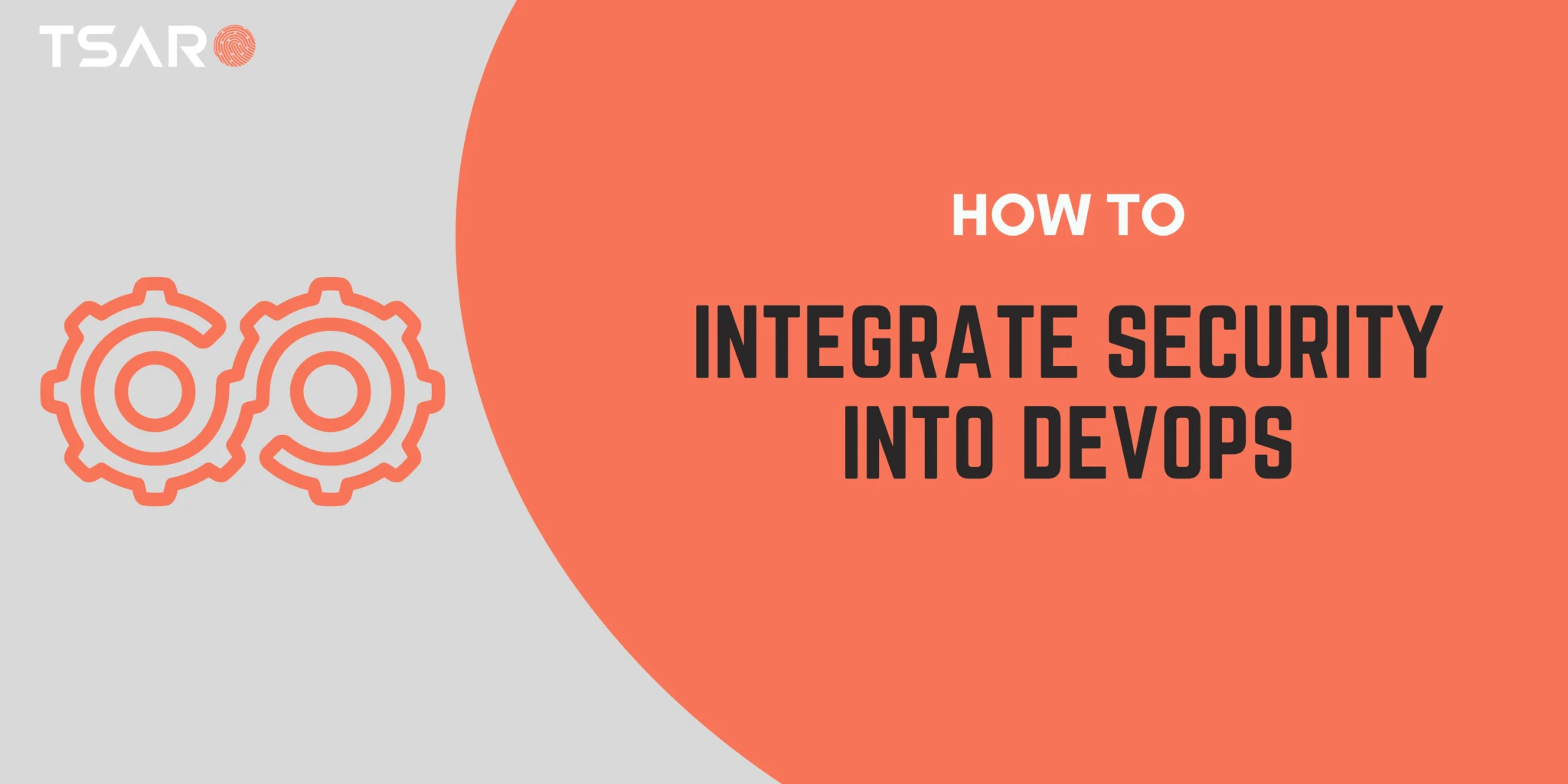As we start off, we need to question ourselves to see if we’re doing everything to mitigate risks concerning our applications and environments.
I’m sure; after some thought, we will all answer in the negative.
However, the solution to this problem is simple but still challenging – and it all has to do with the simple fact that security is better assured when it is baked in rather than when it is bolted on.
So, DevOps is the best place to begin when confronted with this problem.
DevOps is the place to begin integrating operations into processes of development (from end-to-end), and this works the other way around.
Now, let’s look at the five best practices to integrate Security into DevOps.
1.At the very top:
The willingness for this exercise must come from the very top for it to be effective and successful.
Therefore, there should be the organizational will and commitment to invest resources, time, and money towards creating a sense of organizational security awareness.
This awareness must be reflected in every action and exercise the company and the team undertakes.
Sometimes, to emphasize the importance of Security in DevOps, case studies detailing other high-profile lapses and security breaches could be introduced to the team to make them aware of the grave consequences to the entire enterprise.
This practice will challenge them and cause them to take the matter more seriously.
It’s also equally important to dedicate extra time to ponder the security implications and allocate more time for testing.
All this can only take shape if all the executives know the consequences and pay the necessary attention.
2. From the first day onwards:
Security training must be included in the tenure of every developer at the very beginning.
This training should include secure coding basics, as well as the common exploit vectors.
This will get the new hire into thinking and security measures right from the start and set the tone for the rest of their activities in the company.
In addition, you could also get senior developers to create modules on secure coding practices and common security mistakes – this will help train junior developers while also reiterating the importance of security to the senior developers; this training should be conducted multiple times a year, with each module and session increasing in intensity and complexity.
3. Clear and emphatic:
The security processes should be clear, easy to understand and execute, and unambiguous.
The developers should be left with no doubt what action should be taken or what steps to follow in any given situation.
Instead, with the time pressure hanging over them, they should feel empowered to take decisions on the spot and at the right time.
Furthermore, a WISP or a written information security plan and other documents should be considered.
However, while these are being drawn up, care must be taken to ensure clear and concise. Try and keep them to under three pages – if not, they could have the opposite effect.
4. Simplicity is the key:
Refrain from being the jack of all trades in this situation. Instead, be an expert on the small list of tools and environments that you and the teams under your charge specialize in.
This, in turn, will provide efficiency and economies of scale. Also, instead of providing multiple solutions to one problem, provide one clearly understood and explainable answer.
5. Test, and then test some more!:
Testing, as you’ve heard it said, is crucial! Therefore, penetration testing and code reviews are of the utmost importance and must be treated that way.
Rolling code reviews could also be included while deployment is being undertaken – this could be coupled with some periodic deeper dives. In addition, third-party testing, as well as internal rolling pen testing, should be integrated into the process too.
You could also add some motivation to this whole exercise by rewarding staff for every issue they zero in on.
Conclusion:
So there you have it; these are the five best practices you should look at when integrating security into DevOps.
We hope you found this helpful piece and sincerely hope you will consider these pointers while carrying out security integration at your company.
Get a FREE consult from our security experts today 🙂

